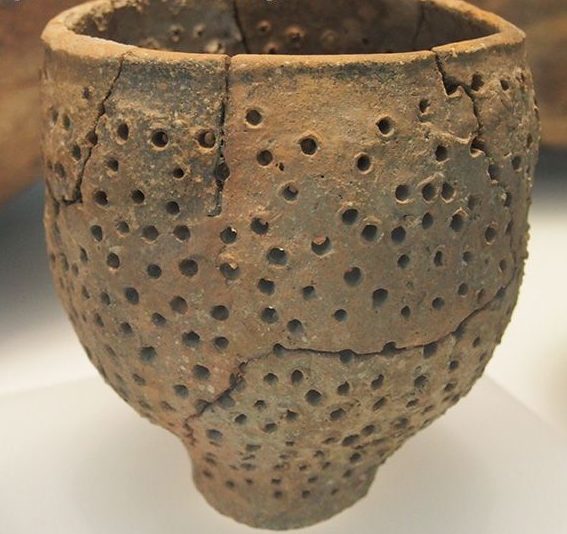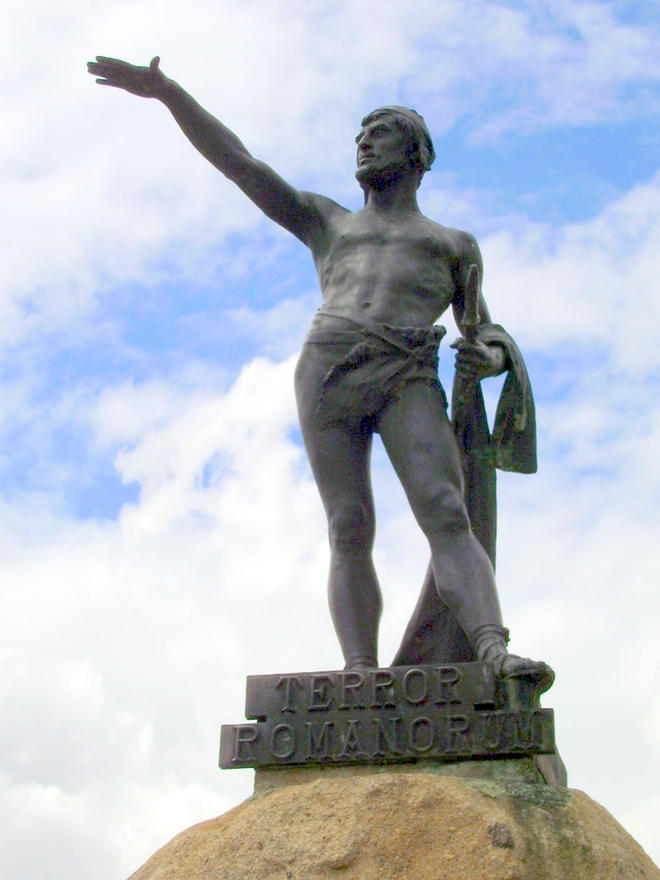If there is something we like in Spain it is
eating cheese
It doesn’t matter at what time of the day, and with what we eat it, because we always feel like indulging ourselves.
But do we really know when cheese appeared in the human diet?
The truth is that we like cheese in all its forms, flavors and smells, but sometimes we do not dedicate the time required for its enjoyment, or for example, the interest in the path it has traveled in history until today.
Cheese is a very ancient food, which has accompanied human beings since the beginning of livestock and grazing activities.
Although the production of cheese as such, was in a more sedentary stage of the human being, since it is the time when the economy went from being subsistence to productive, of exchange.
The archaeological remains kept in the Museum of Zamora demonstrate the cheese-making tradition in the Douro region.
The oldest ones date back to the Copper Age, that is, more than 4,000 years ago. They are the remains of perforated earthenware vessels, called queseras or encellas, whose use was to drain the leftover whey.

Materials found in different parts of the province lead us to believe that this activity was carried out in large areas where the herds grazed.
The
milk
was immediately curdled so that it could be transformed into fresh or dry cheese.
In addition, we can say that they appreciated colostrum, which is the first milk of sheep or goats that have just given birth, a habit that has lasted until today.
Columelaa cattle rancher in Roman Hispania, left us a great legacy in field work, advice that often coincides with the traditional way of making cheeseFor example, it is better to store cheeses in “a dark and cool place”, which is why nowadays cheeses are cured in subway cellars or the maturing cellars are adapted to these characteristics.
And if we talk about the Roman period, we cannot forget Viriato, emblematic shepherd and local hero, who has in Zamora the only monument erected in his honor in Hispanic lands.

There are different documents in Municipal Ordinances dated from the 15th century where the processes of elaboration and sale of cheese are mentioned.
This is explained in a report made by the Provincial Historical Archive, although we have to say that these data are more accurately reflected in the books where the tithe payments to the different churches and bishoprics that make up the current province of Zamora were recorded.
These testimonies refer to the traditional way of making cheese on the land, which was bought by traders who came from the south with their wagons full of oil for sale.
The cheese makers from Zamora, of undisputed fame, were requested on numerous occasions as masters from different parts of the country. These artisans continue to make cheese using the same methods learned by their ancestors. Of course, always advancing and incorporating methods that serve to improve Zamorano cheese.
And for good Zamorano, here you can see our DOP Zamorano Cheese, the Vellón de Fuentesaúco.
